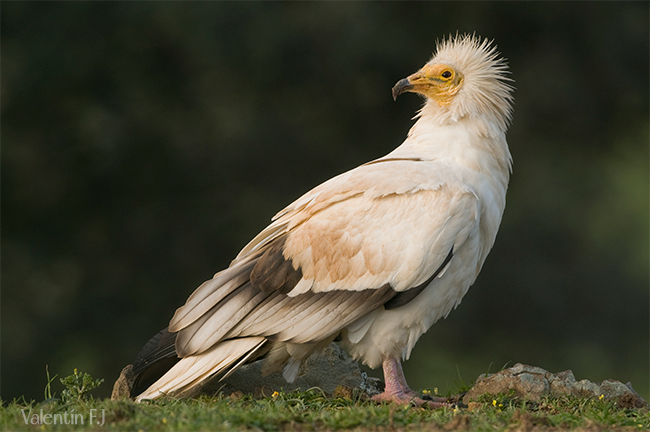Juvenile specimen (1st year)
1.- Right wing primaries. 2.- Details of the inner vanes of P10, P9, P8, and P7. 3.- Details of the inner and outer vanes of P8. 4.- Details of the tip of P3, P2, and P1. 5.- Right wing primaries. 6.- Details of the shaft of the primaries. 7.- Details of the tip of the outer primaries. 8.- Details of the tip of the inner primaries. 9.- Details of the outer vane of the primaries. 10.- Secondaries (S1-S9). 11.- Secondaries (S10-S19). 12.- Details of the inner vane of S1, S2, S3, and S4. 13.- Details of the inner vane of S5, S6, S7, and S8. 14.- Details of the tip of S7, S8, and S9. 15.- Details of the tip of S15, S16, and S17. 16.- Details of S15, S16, and S17. 17.- Details of the tertials. 18.- Details of S3 and S4. 19.- Details of the tertials. 20.- Right wing secondaries and tertials. 21.- Details of the tip of the secondaries. 22.- Details of the outer vane of the secondaries. 23.- Details of the shaft of the secondaries. 24.- Right wing primaries, secondaries, and tertials. 25.- Right wing primaries, secondaries, and tertials. 26.- Primaries, secondaries, and tertials. Primary coverts + greater coverts. 27.- Details of the primary coverts. 28.- Details of the greater coverts. 29.- Details of the tip of the greater coverts. 30.- Primaries, secondaries, and tertials. Primary coverts + greater coverts + median coverts. 31.- Details of the median coverts. 32.- Details of the median coverts. 33.- Primaries, secondaries, tertials. Primary coverts and secondary coverts (G, M, and L). Alulae. 34.- Details of the secondary coverts. 35.- Details of the lesser and median coverts. 36.- Details of the secondary coverts. 37.- Primary coverts. 38.- Greater coverts. 39.- Alulae. 40.- Rectrices. 41.- Details of the inner vane of the rectrices. 42.- Details of the inner vane of the central rectrices. 43.- Arrangement of the rectrices. 44.- Details of the shaft of the rectrices. 45.- Details of the rectrices. 46.- Details of the tip of the rectrices. 47.- Rectrices + uppertail coverts. 48.- Details of the uppertail coverts. 49.- Details of the uppertail coverts. 50.- Uppertail coverts. 51.- Rectrices + undertail coverts. 52.- Details of the undertail coverts. 53.- Above: greater primary infracoverts. Below: median primary infracoverts. 54.- Greater secondary infracoverts. 55.- Feathers of the right scapular. 56.- Arrangement of the feathers on the nape. 57.- Feathers of the nape.


